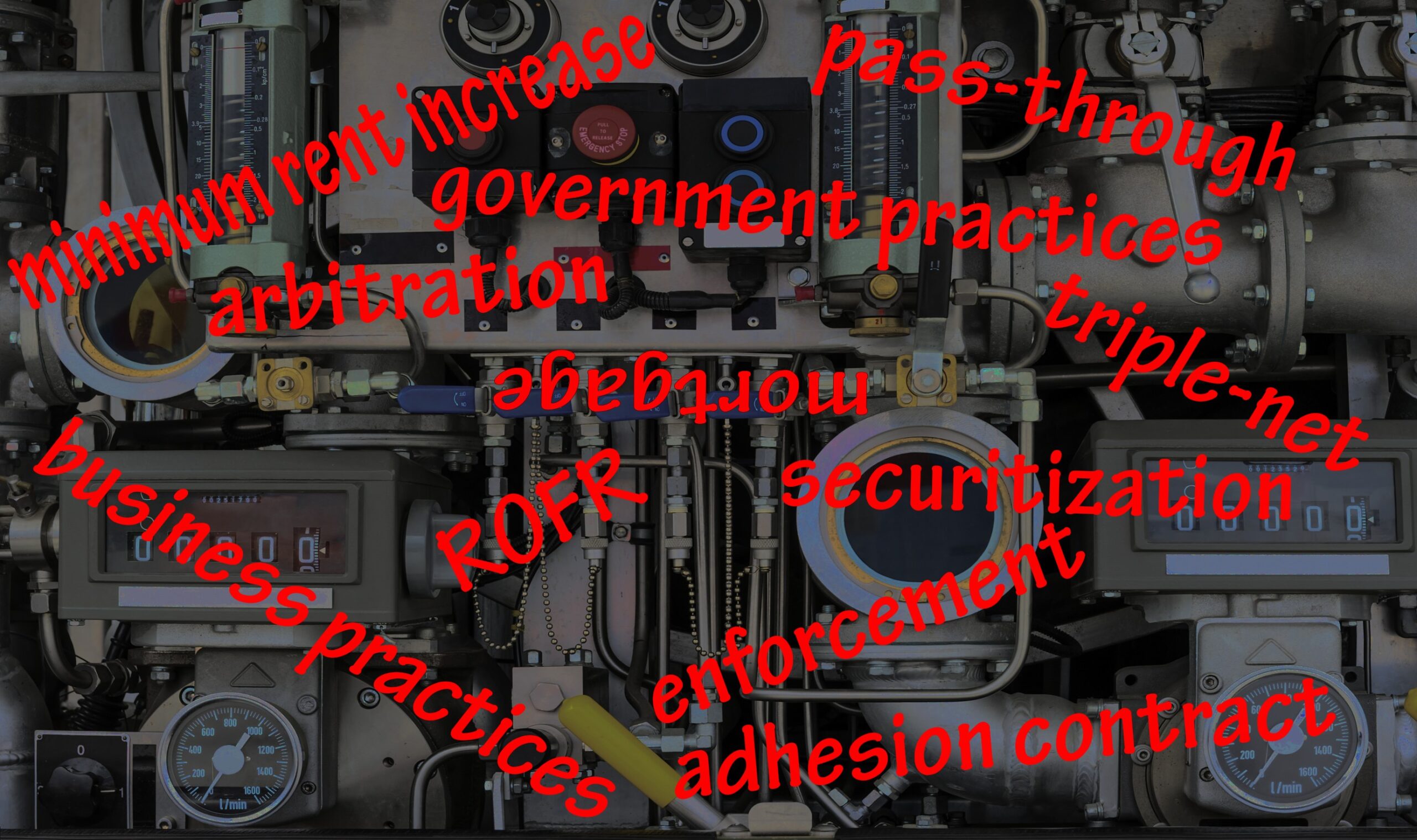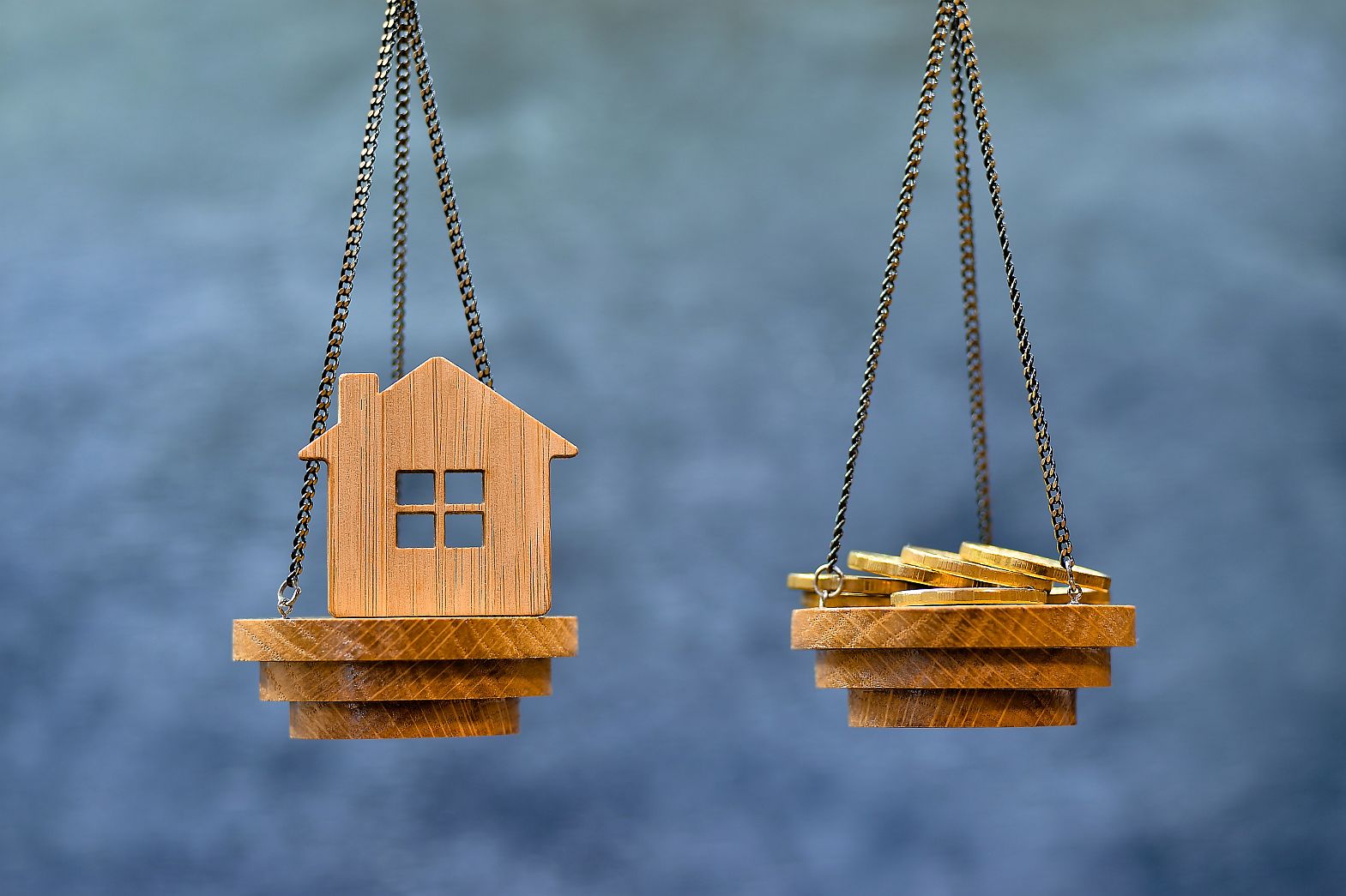The Park Industry – How Your Housing Works
Part 3 of 4

Complicated lease terms homeowners may innocently agree to are explained in the glossary
By:
Links to sections (tap to open)
Who Built the Mobile Home Parks? What Were Their Goals and Culture?
Relatively few mobile home parks have been built since the 1970s. In those earlier days, many mom-and-pop park founders lived in the city where they built their park. Some were civic leaders who took pride in their businesses. Their reputation was important to them. They tended to believe in cultivating good customer relations. They enabled low-income apartment dwellers to invest and own more dignified housing at a reasonable cost. Some founders enjoyed enabling a location where essential workers could escape the confines of apartments. In the park, homeowners could establish a community and raise a family.
Some park owners enabled retirement communities for senior-citizens where veterans, the disabled and aging citizens could buy a decent home for their final years. These park residents, trusting the “social contract” of cooperation and fairness, could gain pride in home ownership while the landlord maintained a profitable business.
– Modern Trends –
Enter Senior “Retirement” Parks
As time passed, many of the parks dedicated themselves to the retirement community by enacting age-restriction policies – also known as “senior parks”. Pensioners on fixed income or social security could downsize into a right-sized home and enjoy their neighborhood and amenities in retirement.
Heirs Inherit the Park Business
When the original park founder retires or passes away, the business may go to his heirs. Today, there are a large number of parks owned and operated by the children or grandchildren of the original founders. While some heirs carried on the tradition, others have been accused of discarding the civic concerns and attitude of the original founders. Instead, some saw the parks as cash cows, enabling an equity lifestyle of semi passive income.
As the Park Grows Older, Land Values Rise and Founders Look for Exits
Relatively few mobile home parks have been built since the 1970s. In those earlier times, parks were often built on the outskirts of cities. As city development grew outward, it began to surround the parks, giving them a more central location. Today, as the value of land increases, developers may see this situation as prime for what they like to call “improvement”. In other words, closing the parks and redeveloping the land.
This is often justified under the cliché of using the land for its “highest and best purpose”, as if the existing park residents are less important. Of course, what they really mean is that it’s a location for profit for themselves.
In many locations, there is little protection or recourse for homeowners who are told that they must leave a closing park and leave their immovable homes behind – too often at a financial loss. Citizens who thought they had solved their housing needs may be thrown into precarious instability.
If the founders never upgraded the park’s aging infrastructure, it becomes a ticking time bomb on the road to failure. The loss of electrical, water or sewer services can be a disaster for the residents and for the park owner’s liability. The expense of upgrading neglected infrastructure could be too large for landlords to justify compared to other potential uses for money and the land.
For the original park owners (or their heirs), one exit strategy is to sell the park to a soulless corporation that doesn’t care about its reputation. Such a park aggregator can further milk the cash cow with less concern for human consequences. Park tycoons may benefit from hiding behind the veil of corporate obscurity while reaping millions, and even billions of dollars in profits. When, and if, the park becomes uninhabitable, it can be closed for redevelopment. Such faceless corporations have two profit centers: 1) that of milking trapped homeowners and, later, 2) profiting from land appreciation and development.
Be very careful about communities owned by large corporations, which have no souls. Some are quite good, others awful to the point of being predatory. These companies exist to make money for their shareholders and one way is incremental annual rent increases (usually in the 4%-5% range) that in a few short years can really put tenants living on fixed incomes in a bind. Research carefully.
Mobile Home Parks Get Sold to Large Corporate Aggregators
As the heirs of the mobile home park’s founder retire or pass away, some would sell or split up their inherited park business. Sometimes heirs would receive lucrative offers for their landlord business that they would not pass up. Mostly, the offers would come from wealthy private equity investors that saw an opportunity to get these cash cows and milk them further. They could increase profits by raising rents often, and in hefty amounts.
On the next page, we cover voiceless stakeholders, financial traps, public enabling and more.



